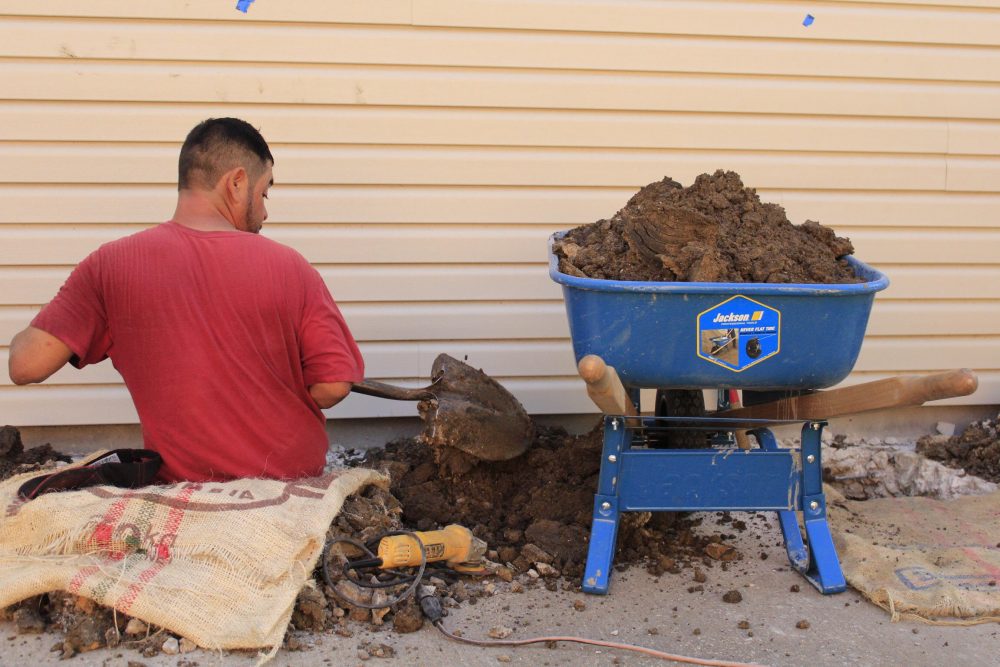The Role of Soil Type in Drainage Correction
The soil type in your area plays a crucial role in the drainage correction process for your home. Different soil types can impact the way water flows and affects your foundation, making it important to understand the role of soil type in drainage correction. In this blog post, we’ll explore the different types of soil and their impact on drainage correction, and how Steady House Foundation Repair can help.

What are the Different Types of Soil?
There are several different types of soil, including:
- Clay Soil
Clay soil is known for its ability to hold onto water, making it highly susceptible to expansion and contraction. This can lead to foundation damage and other issues.
- Sandy Soil
Sandy soil is known for its ability to drain water quickly, making it less susceptible to foundation damage. However, it can also cause issues if the water drains too quickly and causes soil erosion.
- Loam Soil
Loam soil is a combination of clay, silt, and sand, making it a well-balanced soil type for drainage correction. It has good drainage capabilities while also retaining enough moisture to prevent soil erosion.
The Role of Soil Type in Drainage Correction
The soil type in your area plays a crucial role in the drainage correction process. Here are a few ways that soil type can impact drainage correction:
- Impact on Water Flow
Different soil types impact the way water flows and affects your foundation. For example, clay soil holds onto water, which can cause it to expand and contract and lead to foundation damage. Sandy soil drains water quickly, which can cause soil erosion and other issues.
- Selection of Drainage Correction Method
The soil type in your area can impact the selection of drainage correction methods. For example, if you have clay soil, you may need to install a French drain or other drainage system to prevent water from accumulating and causing damage to your foundation.
- Impact on Foundation Repair
The soil type in your area can also impact the foundation repair process. For example, if you have clay soil, it may be necessary to install piers or other foundation support systems to stabilize the foundation and prevent further damage.
How Steady House Foundation Repair Can Help
At Steady House Foundation Repair, we understand the importance of soil type in drainage correction. Here are a few ways that we can help:
- Customizable Solutions
We offer customizable solutions for drainage correction based on your specific soil type and needs. We’ll work with you to determine the best solution for your home’s unique situation.
- Expert Technicians
Our technicians are experts in drainage correction and have years of experience. They’ll ensure that the correction process is done correctly and effectively.
- Competitive Pricing
We offer competitive pricing for all of our drainage correction services. We understand that drainage correction can be costly, and we strive to offer affordable solutions to our customers.
- Lifetime Warranty
We offer a lifetime warranty on all of our drainage correction services. This ensures that you can have peace of mind knowing that your home’s drainage system is in good hands.
Soil type plays a crucial role in the drainage correction process. Different soil types impact water flow, selection of drainage correction methods, and foundation repair. At Steady House Foundation Repair, we offer customizable solutions, expert technicians, competitive pricing, and a lifetime warranty for all of our drainage correction services. Contact us today to learn more about how we can help with your home’s drainage correction needs.
